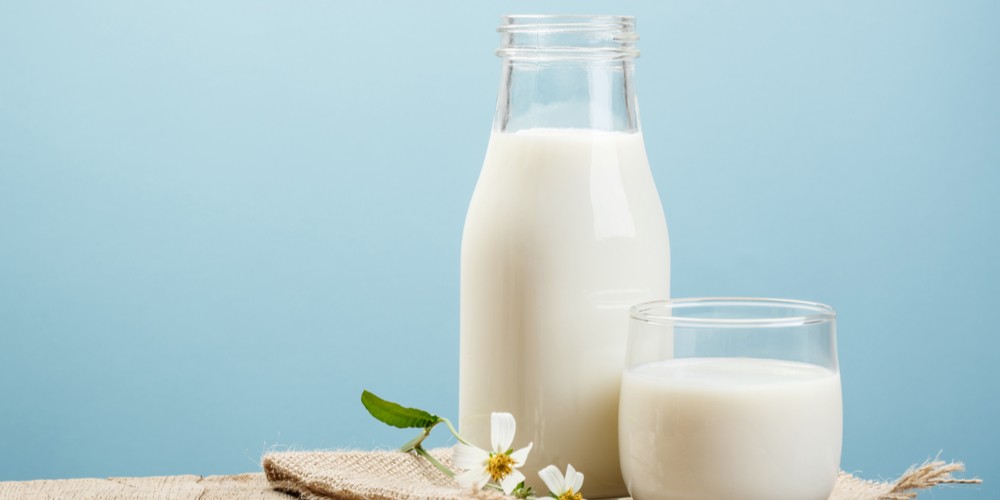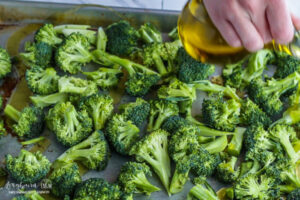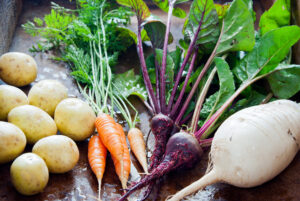Is Milk Good For Piles? | What Foods To Avoid During Piles?
We all love dairy products, but there are certain foods to avoid in piles, but now the question appears milk goods for piles?
The anguish, discomfort, bleeding, and intense itching associated with hemorrhoids may be debilitating. If left untreated, these distended or enlarged veins in the anus and lower regions of the rectum, known as piles, may clot or expand, needing surgery.
Many foods, fortunately, may help ease symptoms and potentially prevent piles from developing in the first place.
Pile is another name for haemorrhoids. Swelling or clotting in the blood vessels of the anus and rectum.
Veins can expand and cause the vein walls to stretch; they are situated in the anus and the lowest region of the rectum.
In consequence, this might hinder or even cause irritation during bowel movement passage. Internal and external piles are the two main types of piles.
Numerous modern approaches to treating piles have been developed, but none has been able to match the success of the traditional methods. The treatment works by getting to the source of the problem rather than just treating the symptoms.
This improves the treatment’s efficacy and greatly lessens the likelihood that haemorrhoids will return.
Some drugs may be prescribed, but a carefully controlled diet is also essential to the effectiveness of treatment. Patients with piles also require a special eating plan in order for therapy to be effective.
Table of Contents
Diet Plan for Piles Or Fistula Problem
Let’s take a look at the diet for those with piles or fistula. If you want to learn more about this, talk to your physician.
- Dalia (sweet or salty depending on personal preference), fat-free milk, and fruit are all part of the recommended breakfast diet. Breakfast: tea, toast, chapati, mixed vegetables, brown bread, sprouts, fruit (apple, pears, etc.).
- Chapatis, assorted cooked vegetables, dal (cooked pulses), boiled rice, takra (buttermilk), and a salad with onion, tomato, radish, turnip, carrots, papaya, etc.
- For your evening snack, you can have tea or coffee with toast, dry fruits, biscuits, toasted popcorn, or any other light fare you want.
- Chapatis, cooked veggies, Daal (cooked pulse), and salad will make up dinner tonight’s menu.
Diet Food Items for Piles Patients
These foods might be included in or excluded from a diet for piles patients. These foods are gentle on the digestive system and can alleviate the discomfort of haemorrhoids.
- Dinnertime Curd and Buttermilk Should Be Avoided
- Water That Is Just Below Body Temperature: Before bed, a glass of lukewarm milk sweetened with a few drops of honey is a good idea.
- Flour: Flour made from a variety of grains (wheat, barley, gramme, soy, etc.). Wheat flour that has not been refined (still has the husk) can also be utilised.
- Moong, masoor, gramme, soybeans, and others fall under the category of “pulses,” which can be used as a substitute for meat or a supplement to other meals.
- Bottle gourd, radishes, turnips, cabbage, cauliflower, raw green papaya, carrots, fenugreek leaves, chenopodium leaves, spinach leaves, tomato, potatoes, and other green leafy vegetables are all examples of vegetables.
- Fruits are good food items; some examples are papaya, coconut, apple, litchi, figs, watermelon, orange, guava, and so on.
- Coconut water, bottle gourd juice, apple juice, mixed fruit juice, aloe vera juice, trifala ras, wheatgrass juice, etc. are all examples of liquids that can be consumed.
- Almonds, pistachios, dried grapes, and other dried fruits are examples of dry fruits.
- Spices: Edible spices include turmeric, coriander powder, fenugreek, cummin seeds, ajwain, saunf, etc.
- Oils and ghee: You may use oils and ghee for cooking. Some examples include: cow ghee, mustard oil, olive oil, groundnut oil, soybean oil, etc.
- Try to stay away from anything that leak, and drink lots of water. Don’t drink any caffeinated drinks.
- Avoid consuming any alcoholic beverages and eating any non-vegetarian, fast food, or spicy foods. Don’t partake in harmful habits like smoking, drinking, or chewing tobacco.
- If you have any questions or concerns, you can always ask a professional for help.
Is milk good for piles?
Dairy products, such as milk and cheese, may cause constipation and make hemorrhoids more painful. While dairy products may not induce constipation on their own, they add to the pain associated with constipation during hemorrhoid breakouts.
Additionally, dairy increases gas production, which may exacerbate discomfort and cramping if you are already constipated.
Milk For Piles
To put it simply, piles are enlarged haemorrhoids brought on by constipation, infection, or a combination of the two. They’re there in every human being, and most of the time they don’t even bother us.
They don’t pose a serious health risk and often clear up in a week or less. If they are severe, they can last for days or weeks and cause a great deal of discomfort, agony, and bleeding.
What effects does drinking milk have on a patient will be discussed below. Since milk and other dairy products are low in fibre, they may cause or exacerbate constipation.
On the other hand, it’s well knowledge that consuming milk products won’t make your heaps worse. Constipation is never good news, and it’s much less pleasant to learn that skim milk and low-fat milk may make the problem worse.
In light of the contradictory evidence, we recommend avoiding curd and buttermilk after dinner.

However, it is common knowledge that drinking a glass of lukewarm milk with a few drops of honey before bed might aid with sleep quality and bowel regularity.
Banana and whole milk puree is a popular home remedy because it is strong in fibre and because it includes lipids that are simple to digest.
In addition, beverages like tea and coffee that contain milk should be avoided. Constipation may result from the body being dehydrated from the use of these products. Caffeine intake should be significantly reduced for those who suffer from piles.
3 Food to Eat during piles
1). Whole Grains
Whole grains, like legumes, are nutrient-dense and contain a wide variety of nutrients. They retain their germ, bran, and endosperm, all high in beneficial components like fiber. Whole grains, in particular, are abundant in dietary fiber that is insoluble. This promotes digestion, which may help lessen the pain and discomfort associated with piles.
It’s important to remember that whole grains include more than hearty whole-wheat flour and bread. While they are wonderful alternatives, this group includes barley, maize, spelled, quinoa, brown rice, whole rye, and oats.
2). Broccoli and other cruciferous vegetables
Several cruciferous vegetables to choose from include broccoli, cauliflower, Brussels sprouts, arugula, bok choy, kale, radishes, turnips, and cabbage. While they are most renowned for their cancer-fighting properties, they also contain a considerable amount of insoluble fiber.

3). Root Vegetables
Sweet potatoes, turnips, beets, rutabagas, carrots, and potatoes are tasty and nutrient-dense root vegetables. Additionally, they are affordable. They have a significant amount of fiber, around 3–5 grams per serving, which is helpful for the intestines.
When cooking tubers, keep in mind that the bulk of their fiber is contained inside their skin, so be sure to leave it on throughout consumption.

To make things worse, cooked and cooled white potatoes include a kind of carbohydrate called resistant starch, which passes through your digestive tract undigested.
It functions similarly to soluble fiber in that it aids in the feeding of your healthy gut flora. Because it aids in constipation relief, it may also aid in the alleviation of piles symptoms.
Foods To Avoid During A Hemorrhoid Flare-Up
While eating healthily and in moderation is always recommended, the foods on this list should be avoided at all costs if you are experiencing a hemorrhoid flare-up. The journey to healing will be longer, more painful, and more inflamed if this is not done. If you want Hemocyl to work even better for you, avoid such foods.

- Grains that have been refined have had the bran and germ, which are rich in fibre and nutrients, removed during the milling process. In the absence of essential micronutrients, refined carbohydrates tend to ferment in the stomach and intestines, causing discomfort and swelling at the hemorrhoid site.
- Milk, cheese, and other dairy products might aggravate constipation and aggravate existing haemorrhoids. Although dairy products do not directly cause constipation, they can aggravate the condition during a hemorrhoid flare-up. Constipation discomfort and cramps might be exacerbated by the gas produced by dairy. Constipation and tougher faeces have been linked to a diet high in dairy products, according to some studies. Fats in the digestive tract combine with calcium deposits from dairy to form soaps.
- Excessive salt consumption has been linked to a sluggish digestive tract and more unpleasant bowel motions. To add insult to injury, bloating brought on by an excess of salt in the blood can aggravate the pain and discomfort of haemorrhoids. Hemorrhoid discomfort can be alleviated by reducing salt consumption during episodes of inflammation.
- Fatty, greasy, and difficult to digest, deep-fried meals are full of undesirable elements including unhealthy oils and a high fat content. Inflammation of the intestinal walls is caused by these fats and oils, which leads to serious damage. Hemorrhoids, if they already exist, will get larger and more painful as a result of this. Inflammatory foods should be avoided at all costs during hemorrhoid flare-ups.
- Caffeinated drinks, especially coffee, can dry up stools, which can irritate haemorrhoids, much like alcohol can. This is why those who get haemorrhoids may benefit from switching to decaffeinated drinks and coffee substitutes.
- Pain may be exacerbated by eating unripe fruit because it is hard to digest and because some fruits, like bananas, have substances that cause constipation unless they are fully mature. While experiencing a flare, only eat completely ripe fruit. Place fruits in a paper sack and leave them in a warm place for one to two days to hasten the ripening process.
